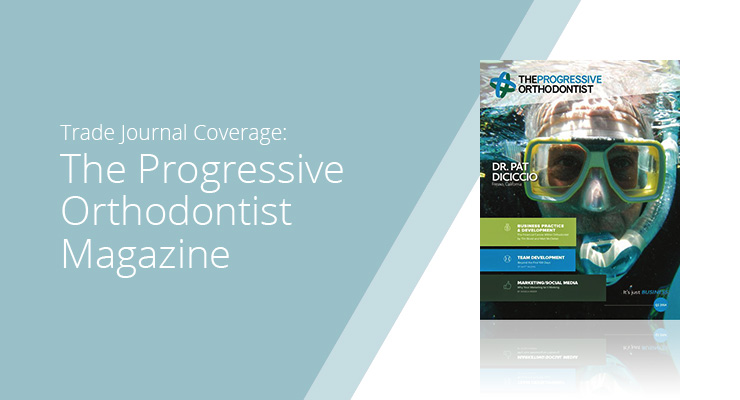
The Progressive Orthodontist Magazine
By Allison DiMatteo, BA, MPS
Sheila Birth, DDS
Sheila Birth, DDS, had been practicing orthodontics for more than 25 years when she began longing to do more for her patients. Her four orthodontic practices (located in North Fort Worth, Southwest Fort Worth, Arlington, and Burleson, Texas) were thriving by serving a 75% pediatric and 25% adult patient mix, and her staff was well-trained and extremely efficient. Yet, she became increasingly interested in providing care to patients suffering from temporomandibular joint disorder (TMJ/D) and associated headaches. However, she felt unsure and uncomfortable with proceeding, particularly considering the level of difficulty such cases can present.
Then, while attending an orthodontics conference in 2012, she discovered a technology-based, systematic approach for assessing and treating dentomandibular sensorimotor dysfunction (DMSMD): the TruDenta System (www.drsdoctor.com). DMSMD, which is caused by misalignment in the skull and mandible, can be a very painful disorder. It affects the head, neck, TMJ, jaw, and dental forces, often resulting in problems with bite force, muscles, and joint balance. Other symptoms associated with DMSMD include migraines, tinnitus, and vertigo.
Once she learned about the TruDenta System and how it could be used to treat patients suffering from TMJ/D, associated pain, and especially headaches, she knew she’d found a cost-effective and efficient pain management alternative. TruDenta is a comprehensive system of education, technology, and training. Its assessment technologies include devices to digitally measure cervical range of motion and dynamic as well as static bite forces. The therapeutic technologies include ultrasound, micro-current stimulation, and low level (cold) laser and are designed to resolve DMSMD symptoms.
Dr. Birth purchased her first TruDenta system in October of 2012. By March of 2013, despite the skepticism of her associates and some team members, everyone in the practice was comfortable with the assessment and therapy protocols. They began recommending the treatment to patients experiencing painful symptoms, most often the mothers of current pediatric patients. They also began using TruDenta’s pain management components on every new orthodontic case, ultimately charging an additional fee for the Pain Management Program.
Based on the practice’s success and patient response, Dr. Birth acquired a second system for the Burleson practice in April 2013. Since so many patients had experienced positive results, she added a third system in the Arlington office in August 2013.
Dr. Birth recently reflected on the success she’s experienced by providing a pain management program to her orthodontic patients, as well as offering dental headache care to those suffering with DMSMD. In this interview, she also reveals why the TruDenta assessment and treatment protocols are appropriate for orthodontic practices seeking to enhance the level and breadth of care they provide.
The Interview
How are you using the TruDenta System to manage patient pain during orthodontic treatments?
Dr. Birth: One component of the TruDenta System is a low-level (cold) laser, and that’s what we use for pain management. After we place braces or deliver Invisalign aligners, the affected areas will get sore due to the inherent inflammatory process associated with tooth movement. The TruDenta laser reduces that inflammation, so after braces placement and before the patient leaves, we use it on the outside of the cheeks and on the lips. Amazingly enough, the TruDenta laser reduces inflammation, so patients experience less soreness.
We charge $125.00 for the entire pain management program. Most patients usually only need one or two treatments over the course of orthodontic therapy, and each treatment takes only 6 minutes. Since we started offering this service, nearly every orthodontic patient has accepted and paid for this elective pain management program, with less than 1% declining.
Why do you think providing TruDenta care is appropriate for orthodontists?
Dr. Birth: If the teeth are out of position and there are forces on those teeth that shouldn’t be there, a muscle imbalance results. This force imbalance can lead to chronic headaches and other symptoms. As orthodontists, we can balance the teeth through less expensive and more conservative options—meaning braces or Invisalign—than crown and bridge restorations. TruDenta care provides a similar, long-lasting, and non-invasive approach to correcting the dental force imbalances that orthodontists are concerned about.
Sometimes we (meaning orthodontists) can get tunnel vision by just looking at the teeth. With the TruDenta System, we are able to look at the whole overall picture of a patient’s condition, including the muscles and not just the teeth or cosmetic part. The system provides orthodontists with the integrated tools that we never had before, and that we were never taught about in dental school.
We can measure the relative force of each tooth, and that’s an amazing ability to have. As we’re working through cases and approaching the end of orthodontic treatment, I use the TruDenta Scan (which is a T-scan) to ensure there are no teeth with heavy occlusion or a marginal root that is out of position. This tool enables us to examine the relative force on every tooth, as well as the muscles. I think it’s powerful for what it can do for orthodontists and how we treat our patients.
How and why did you also decide to use the TruDenta System for treating non-orthodontic patients suffering from chronic headaches and other systems from dental force imbalances?
Dr. Birth: This was an area of patient care and treatment that we really never thought we would pursue. But the truth is, after we placed the TruDenta brochures in our office last year, people suffering from dental headaches started approaching us about their symptoms. Initially, these individuals were mostly the mothers of existing orthodontic patients who read the brochure during their child’s appointment, and then asked if we could help them.
We told them we’d just conduct a few assessments first to see if they have certain signs of dental force imbalances, which we performed using the TruDenta range of motion, bite force, and muscle evaluation protocols. If they showed “red flags,” we told them we could help and then set them up with TruDenta care.
That’s how we initially started providing dental headache care. These patients were happy, told their friends about it, and posted about the treatment results on their Facebook pages. Since then, this area of our practice has continued to grow. Just fromword of mouth referrals, we’re now getting 4 to 5 new patients each week for dental headache care who weren’t previously associated with our practice. So, during the past year, we’ve gained approximately 260 non-orthodontic patients.
With the TruDenta System, we can help these patients almost every time. The system works, patients feel better, and the treatment changes their lives. Their post-treatment testimonials say it all. Providing this care brings us a lot of joy, and I know these headache patients appreciate us for delivering this service.
Which of your dental headache treatment cases is most memorable, and why?
Dr. Birth: Wendy’s case stands out the most. She’s the mother of one of our orthodontic patients, Laney, who is very active in soccer and basketball. Wendy is a young mom, just as cute as can be, but she just didn’t have much energy to take care of her children, all of whom are high energy and play many different sports. Wendy was always suffering from headaches, couldn’t participate in all of their family activities, and she felt guilty about that. She asked me about the TruDenta System and tried one treatment, after which she felt better immediately.
Wendy went home after that initial treatment and told her mother she was going to undergo TruDenta care. Her mother’s response was, “A dentist? Really? You think a dentist can take care of your migraines?” Wendy told her that she’d tried everything else without any success and wanted to give it a try.
Sure enough, Wendy felt better after three weeks, continued to complete the treatment program, and hasn’t had any headaches since. Wendy referred her mother and sister-in-law to us for TruDenta care, and as a result, we’ve now adopted her whole family! They became our biggest supporters on Facebook and also provided very powerful testimonials.
In fact, I remember one particular day when Laney came in for orthodontic pain The Interview.management. At that time, Wendy was still undergoing TruDenta treatment. Laney looked up at me and told me that she’d prayed every day for her mother to get better. She said she just wanted to thank me because now that her mother is better, she has her mom back.
What has your team’s reaction been to providing TruDenta care?
Dr. Birth: They just love it. We’ve got a team that’s phenomenally talented. They care about our patients, get to know them really well, and love helping them. It’s rewarding for them to see our TruDenta headache treatment patients every week, because they really bond with them during the hour-long treatment. It’s a great treatment, patients feel good because of it, and they look forward to their appointments.
What is most exciting and rewarding to you personally about providing TruDenta care to your patients?
Dr. Birth: Of course, we’ve said this over and over again, but TruDenta care really helps people, and we love to help people feel well. Also, I’ve found that as a result of the TruDenta training and protocol, I look at my orthodontic patients differently. I don’t want my orthodontic patients to become my dental headache care patients. So, I complement my orthodontic treatments by using the TruDenta Scan a lot to check for improper forces, and I check range of motion before we remove the braces. All of the key components of the TruDenta System are all tools that I think have made me a better orthodontist.
What else should your orthodontic colleagues know about the TruDenta System?
Dr. Birth: What surprised us is how we’ve been able to assist patients in maximizing their insurance benefits. We’ve successfully worked with insurance companies to help patients pay for TruDenta treatments using their medical benefits. TruDenta treatment can sometimes be a big financial burden if patients don’t have insurance, and it’s been amazing to us how insurance companies will help cover this care.
I would recommend the TruDenta System and the Dental Resource Systems organization for several reasons. They’re great professionals who provide all the tools orthodontists need to help patients with chronic dental headache pain, as well as lessen orthodontic pain from inflammation. They provide comprehensive training, materials for internal and external marketing, and on-going support. I’ve never seen a better organization; they really empower us to make a difference in people’s lives.
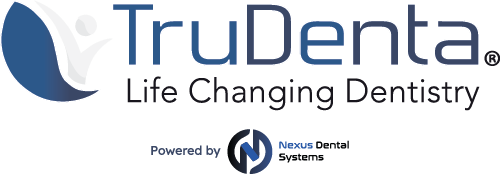

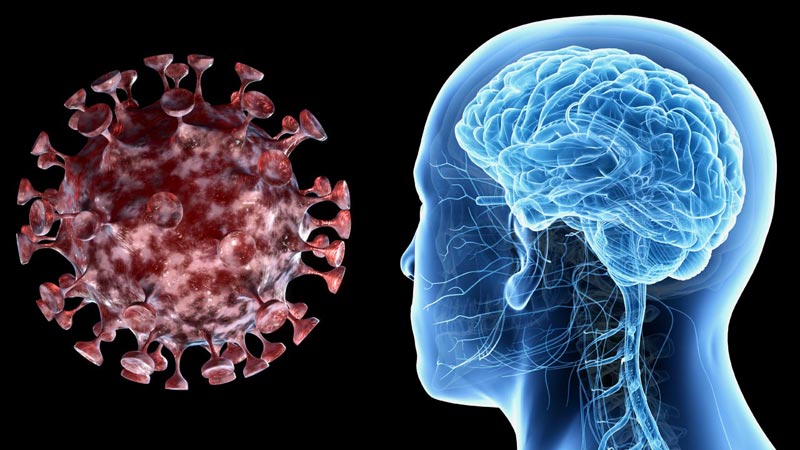
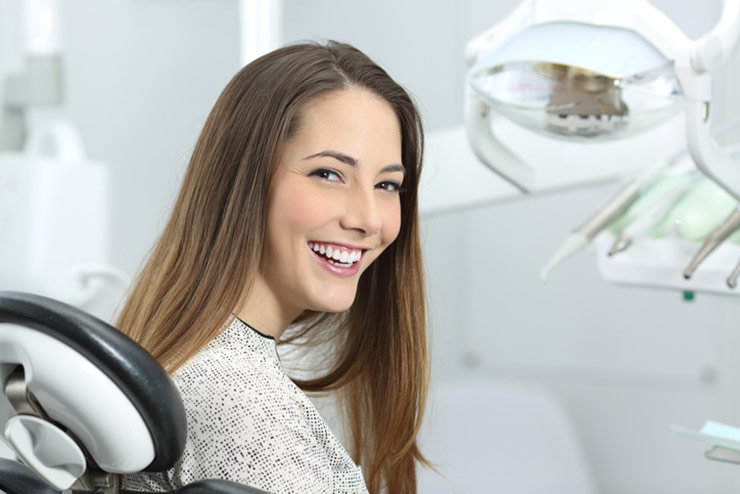
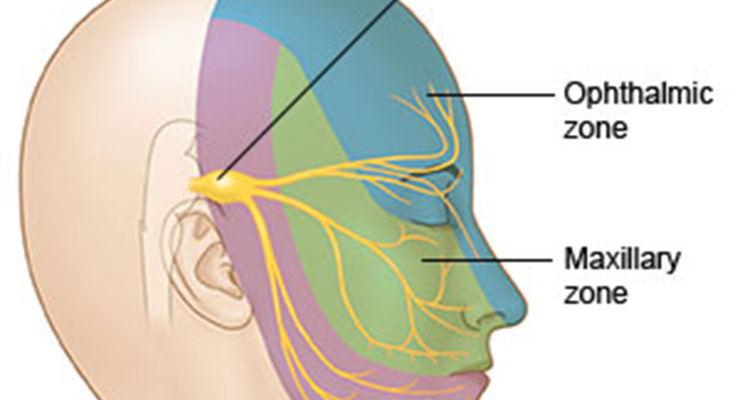
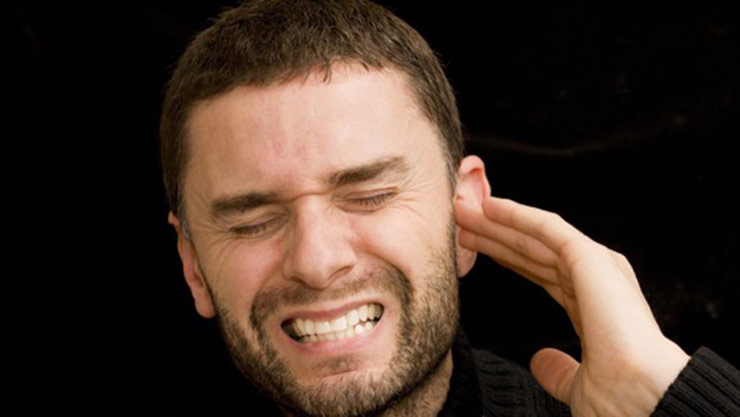

 © 2025 - NATIONAL DENTAL SYSTEMS, INC. | 430 NORTH MAIN ST. SALEM, UT 84653 | CALL US TOLL-FREE 855-770-4002
© 2025 - NATIONAL DENTAL SYSTEMS, INC. | 430 NORTH MAIN ST. SALEM, UT 84653 | CALL US TOLL-FREE 855-770-4002